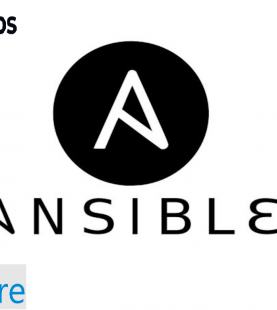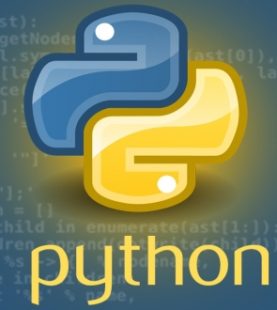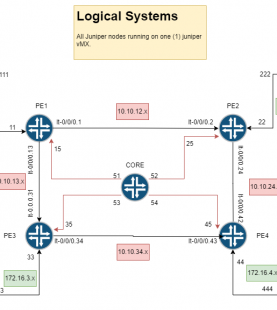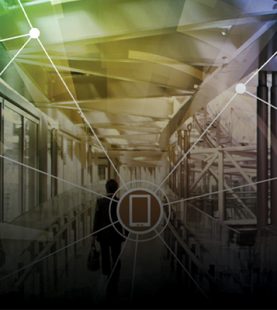- Have any question?
- 07391574390
- learn@skillnuggets.co.uk
Protocols in multi-service networks

29
Jul
- Level 3 Course, Networking
- 51 (Registered)
-
(0 Review)
A free Networking cource provided under the CC licence – not for profit content if any adverts appear on this course page please email learn@skillnuggets.co.uk for removal.
The internet, like the telephone system which preceded it, depends for its existence on communications networks. This free course, Protocols in multi-service networks, examines these networks as the means of interconnecting devices so that two-way communication is possible. Examining protocols like HTTP, TCP/IP and ATM as well as the OSI reference model, it provides an overview of the topic for learners who have significant prior knowledge of the subject.
Course learning outcomes
After studying this course, you should be able to:
- evaluate technical descriptions of communication protocols and demonstrate an understanding of their operation
- describe the characteristics of circuit-switched and packet-switched networks, and of connectionless and connection-oriented modes in packet-switched networks
- describe the role played by primitives in the OSI reference model
- explain how ‘vertical’ and ‘horizontal’ communication takes place in the OSI reference model
- describe the main functions of the principal protocols in the TCP/IP architecture.
Curriculum
- 4 Sections
- 23 Lessons
- Lifetime
Expand all sectionsCollapse all sections
- Protocols in multi-service networks2
- 2 OSI reference model4
- 3 TCP/IP protocol architecture11
- 4.13.1 What does TCP/IP protocol architecture do?
- 4.23.2 Domain name system
- 4.33.3 Hypertext transfer protocol (HTTP)
- 4.43.4 Transmission control protocol (TCP)
- 4.53.4.1 Connection control
- 4.63.4.2 Primitives
- 4.73.5 Internet protocol (IP)
- 4.83.5.1 IPv4 Addresses
- 4.93.5.2 IP forwarding
- 4.103.5.3 Address resolution on LANS
- 4.113.5.4 Primitives
- 4 ATM protocol architecture6





